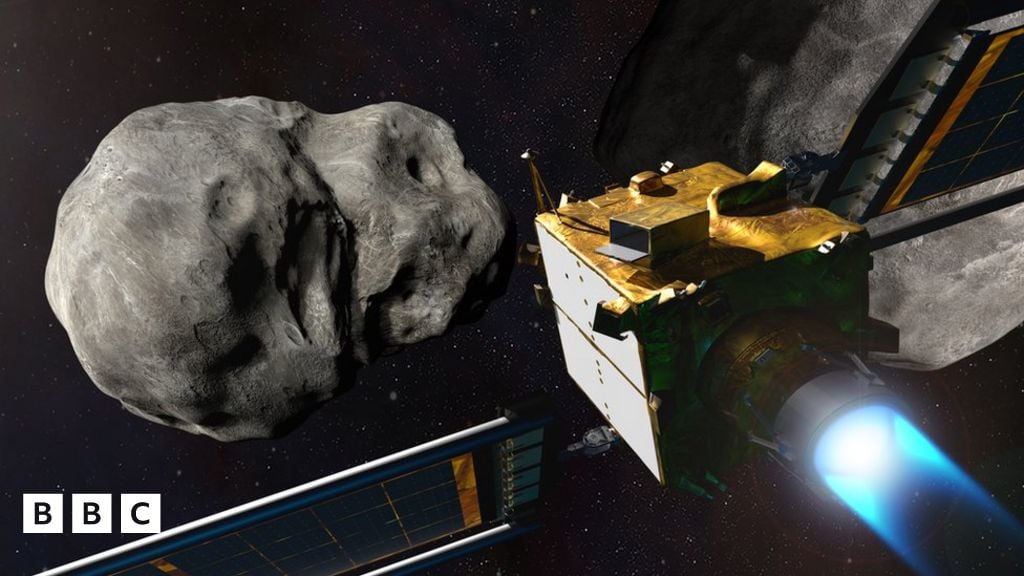- cross-posted to:
- space@lemmy.world
- cross-posted to:
- space@lemmy.world
Asteroid behaving unexpectedly after Nasa’s deliberate Dart crash::A school teacher and his students have discovered that an asteroid deliberately hit by a Nasa spacecraft is behaving in a weird way.



This is one of the more fascinating space stories. The modeling for such an object should be (relatively speaking), rather simple. Something isn’t going to speed up or slow down without a force being applied to it. So NASA should be able to model this quite accurately.
Guessing it’s not perfectly simple because the splatter, dust, heat energy released, oblique angle of impact, etc.
Space Balls colliding are a bit trickier than clacker balls.
{edited to get to say Space Balls}
Should be relatively simple to work backwards and figure out new stuff that wasn’t accounted for, though maybe not with 100% accuracy.
You would think that NASA has an ongoing project monitoring it after spending millions crashing a spaceship into it. Not sure why we’re hearing this from some high school students.
They are still watching it. https://phys.org/news/2023-09-dart-impact.html gives much better details on this situation including:
They quite likely already know of this and just have not reported any findings yet, likely as they want to collect more data first and have another launch planned to study this further:
Just so happens these students published their work first. That does not mean the team behind DART are not monitoring it any more and have nothing further to report or have moved on to other work. Even if that is what the OP article seems be be hinting at.
smaller pieces which fell off are hard to track while their effect on the trajectory might still be substantial. Small change to the orbit early on makes a big difference after a while.
Bah, what are we paying those nerds for anyway? Just math it out!